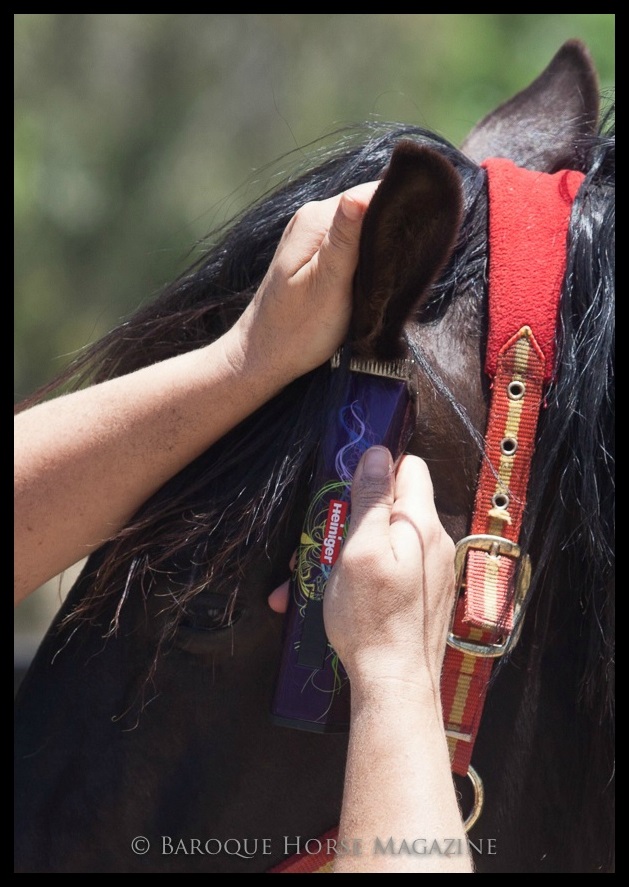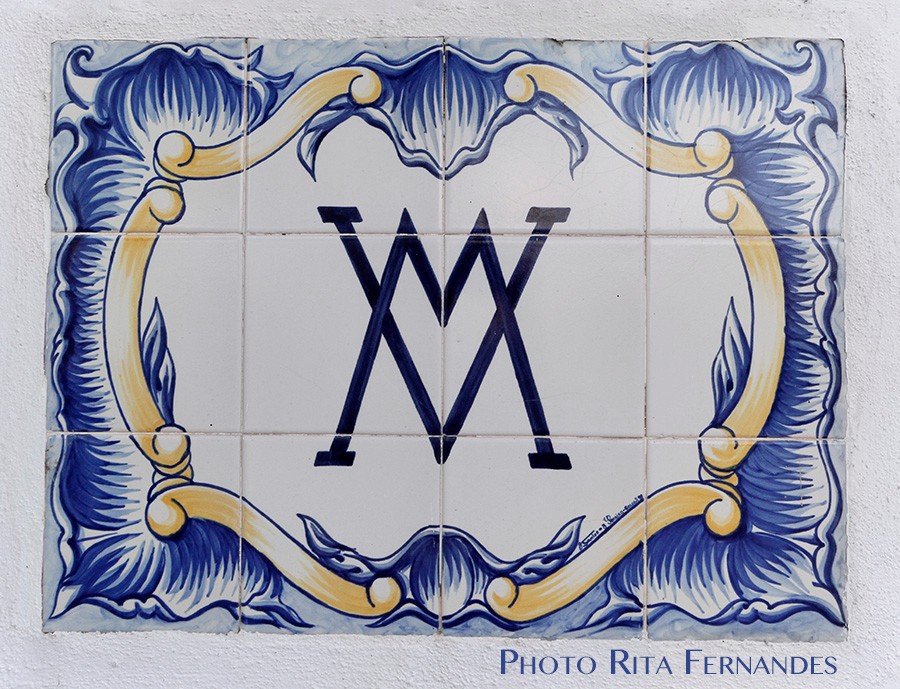
Horse Clipping

Clipping Your Horse
Summer is here, and your horse is looking a bit woolly from winter what do you do? Do you let your horse shed naturally or clip? There is a different answer for each horse owner, and this depends on whether you are competing, everyday riding or even have a retired paddock horse.
As the weather gets warmer the longer coats can be dangerous, and many horses can succumb to heat exhaustion. Not only does the thicker hair cause your horse to heat up quicker during exercise but also takes longer to cool down and this also hinders the drying process that can lead to skin infections.
Nature has provided our equine friend with three different types of hair coats;
- A summer coat that is sleek and shiny. This coat also serves to prepare the horse’s body for winter.
- There are two winter coats. One is a short, thick layer and the other has long hairs that will stick up and give air space and serves to insulate against the cold winter temperatures.
A horse’s coat may also change colour with the seasons. Not unlike our hair, the horse’s coat can give you an indication of their health and a poor coat can be the cause of many ailments. You should always observe your horse’s hair growth and coat condition to see if there are any health issues.
You can take the natural approach and let your horse shed themselves, and this process can take months depending on where you are. You can speed up this approach with regular grooming with a curry comb to loosen the dead hair and brushing. The fastest way to remove the winter coat is with body clippers and precision trimmers, and this will also reduce your daily time of grooming and your horse will be ready for your summer activity.
You need to consider what types of clipping style you will opt for and this will depend on what you are doing with your horse;
- Are you competing or working your horse?
- Preparing your horse for sale?
- Is your horse stabled or out in the paddock?
- Are you rugging?
- Does your horse sweat or does he feel the cold?
- Has he been clipped before?
Types of Clips
 FULL CLIP
FULL CLIP
- All the body including legs, head and ears excluding an inverted V about the tail
- Best for horse in high-level competition work
- Benefits – Sleek coat and sweat can evaporate off easily
- Be aware – No protection or warmth, exposure to rain scalds, requires stable management and rugging to maintain the horse’s warmth

BELLY CLIP
- Underside of the neck and belly
- Best for horse in light work
- Protection to neck, body and legs
LOW/HIGH TRACE CLIP
- Underside of the neck and belly up to the traces
- Best for horse in light work
- Protection to neck, body and legs
- Careful that the horse does not get too hot and sweaty when in exercise

high trace clip 
low trace clip
 BLANKET CLIP
BLANKET CLIP
- The neck is fully clipped, the head is half or full clipped and the legs are left unclipped
- Best for horse in regular work
- Benefits are – you can exercise thoroughly without losing condition through sweating
- Protection and warmth to the legs

IRISH CLIP
- A line a drawn from the poll to the belly to make a triangle shape. Half of the head can also be clipped if desired. Legs are left unclipped
- Is best for horses in light work
- Protection and warmth to the legs
 HUNTER CLIP
HUNTER CLIP
- This is a smart clip with all the of the coat removed except the legs, saddle patch and an inverted V above the tail.
- Is best for horses in medium to hard work
- Benefits are protection and warmth to the leg and protection against saddle rub
- Beware that the horse does not become too cold
Best practise before you clip your horse ensure that he is properly bathed and all dirt and grease has been removed. The Clippers will glide smoothly through a clean coat. Clipping a dirty horse will clog up your clippers and will take longer to do. Plait your horse’s mane and tail before you start as you will find it easier to clip your horse with it out of the way. Make sure you have a clean rug on hand as your horse will notice the difference straight away.
 How to clip a horse – 10 CLIPPING TIPS
How to clip a horse – 10 CLIPPING TIPS
- Know what clippers you need before your start the job, generally two pairs of clippers on hand at all times.
- Ensure you clippers are clean, sharp and lubricated.
- During clipping brush hair out of blades regularly and oil every 5 minutes and pay attention to the temperature of your clippers. If they are hot, turn them off and let them cool down before using again.
- Make sure your horse is in a safe and comfortable spot and free from distraction.
- Start for a smaller area if your horse hasn’t been clipped before or isn’t comfortable with the clippers.
- Draw chalk lines around the areas you don’t want to clip.
- Use a string or measuring tape to help you create equal patches on both sides of the horse.
- When you encounter cowlicks around the mane manoeuvre your clipper, so you are always clipping against the grain of the hair.
- Clip all large parts first, leaving muzzle, ears and eyes for last and keep skin taut around the eyes and hold the eyelashes out of the way with your free hand.
- To clip the outside of the ears, hold them closed and point the blades upwards, and clip the hairs poking for inside and around the base.

If you’re looking for an excellent set of clippers here at Baroque Horse, we highly recommend you go and check out Heiniger’s range – http://heiniger.com/en/home-australianew-zealand They are very easy to use. We love the cordless range; they have long life battery power with more than enough charge to do one large horse or maybe two, depending on how fast or quiet your horse is! 😉 Both the SaphirStyle and Xplorer are so easy to use and cut through the hair like a hot knife through butter. A++ from us!




